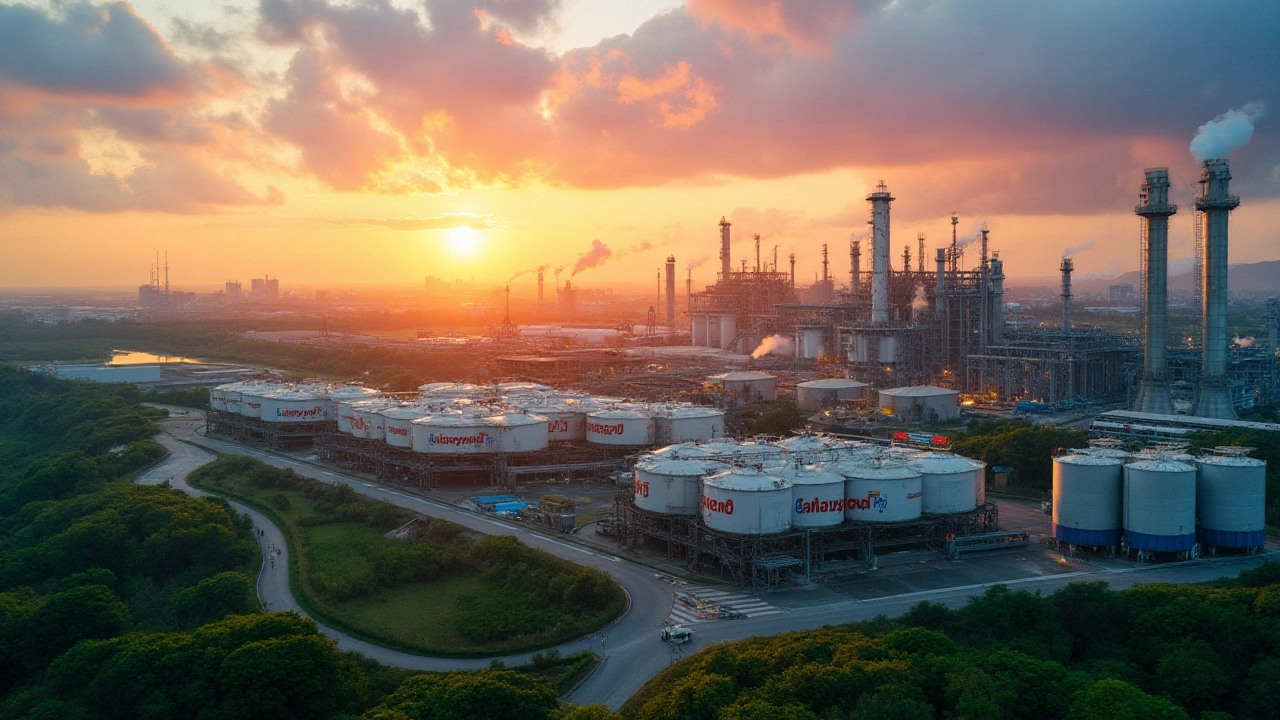India Chemical Industry – What’s Happening in 2025?
India’s chemical sector is buzzing with activity. From pharma clusters in Hyderabad to bulk chemical plants in Gujarat, the landscape is shifting fast. If you’re looking to understand where the money, jobs, and innovation are flowing, you’re in the right place.
Top Growth Drivers
First, demand for pharma‑grade chemicals is soaring. The pandemic showed how vital APIs and vaccine components are, and companies are setting up new lines to keep up. Second, the government’s “Make in India” push gives tax breaks for green chemistry projects, which attracts both domestic and foreign investors.
Third, consumer trends matter. Indians are buying more personal care and household products, which means manufacturers need safer, low‑VOC ingredients. This pushes the industry toward bio‑based polymers and sustainable solvents.
Regulations and Banned Substances
Staying compliant is a daily challenge. In 2025 the Ministry of Environment tightened the list of banned chemicals, adding several phthalates and heavy‑metal additives. If your plant still uses these, you’ll face fines and production halts.
All you need is a clear checklist: verify raw material safety data sheets, update waste‑treatment processes, and train staff on new handling protocols. Most mid‑size firms find it cheaper to outsource compliance audits than to build in‑house teams.
Another practical tip – keep an eye on the Central Pollution Control Board’s quarterly alerts. They often release short‑notice updates that can affect import duties or export certifications.
Now, let’s talk hubs. Baddi in Himachal Pradesh leads in capacity for bulk chemicals, while Gujarat’s petro‑chemical corridor offers world‑class logistics. Hyderabad’s pharma city combines R&D labs with large‑scale API production, making it a one‑stop shop for drug manufacturers.
If you’re starting a small‑scale chemical unit, consider the “low competition” niche highlighted in our recent posts – specialty additives for renewable energy storage or biodegradable packaging films. These markets are still early, and the entry barrier is mostly knowledge, not huge capital.
Power supply remains a sticky point. Many plants still rely on diesel generators during outages, which spikes operating costs. Installing solar panels on plant rooftops can cut the electricity bill by up to 30% and also earn you green‑energy credits.
Workforce skill gaps also matter. While India has plenty of engineers, training on modern process automation is lagging. Partnering with technical institutes for apprenticeship programs can fill that gap quickly.
Finally, keep an eye on export trends. India’s chemical exports to the Middle East and Africa grew 12% last year, driven by demand for fertilizers and agro‑chemicals. If you can certify to ISO 9001 and meet the destination country’s residue limits, the market is ripe.
Bottom line: the Indian chemical industry is a mix of high growth potential and real operational challenges. Focus on compliance, choose the right hub, and look for niche products that match global sustainability trends. Doing so will put you ahead of the curve in 2025 and beyond.
Asia's Leading Chemical Giant: Unveiling the Largest Manufacturer
Explore the thriving world of Asia's largest chemical manufacturer, focusing on its pivotal role in the industry and reasons behind its success. Discover its contributions to the economy and how it stands at the forefront of innovation. Learn essential facts about the company's operations, as well as insights into future trends shaping the chemical sector in Asia. This article delves deeply into how the company influences both regional and global markets.
Read More




